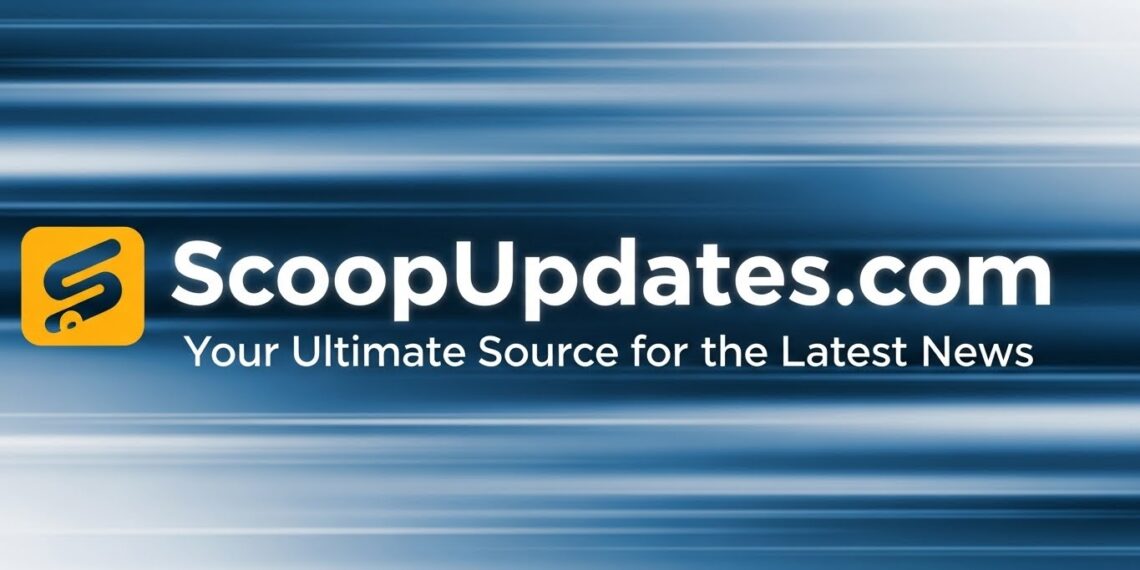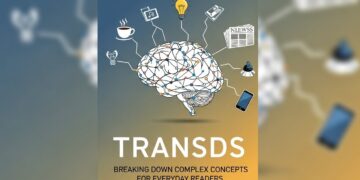In the competitive world of construction, a well-designed business card can serve as a powerful tool to make a lasting impression on potential clients and partners. An outstanding construction business card reflects professionalism, expertise, and attention to detail. In this article, we will explore nine valuable tips to help you design amazing construction business cards that effectively represent your brand and leave a lasting impact.
1. Showcase Your Logo and Brand
Your business card should prominently feature your company logo and brand. This helps establish brand recognition and makes it easier for people to associate your business with your logo.
2. Emphasize Key Contact Information
Ensure that your contact information is clearly displayed on your business card. Please provide your name, job title, phone number, email address, and website details. It is essential to organize the information in a clear and easily understandable manner, emphasizing the most pertinent details. Designviva creates the best-customized business cards that will make a lasting impression. Our talented designers will work with you to bring your vision to life, ensuring a unique and professional design that reflects your brand. Stand out from the crowd with Designviva’s personalized business cards.
3. Incorporate Relevant Imagery
Consider including construction-related imagery on your business card, such as building icons, construction equipment, or images of completed projects. This adds visual interest and immediately communicates the nature of your business.
4. Choose a Professional Color Scheme
Select colors that convey professionalism and align with your brand. Consider using colors commonly associated with the construction industry, such as shades of blue, gray, or earthy tones. Use these colors consistently throughout your business card design.
5. Utilize Legible Fonts
Choose legible fonts that are easy to read, even in small sizes. Opt for professional and clean fonts that align with your brand identity. Avoid overly decorative or intricate fonts that can hinder readability.
6. Prioritize Essential Information
Focus on including essential information that potential clients and partners need to reach you. Avoid cluttering your business card with excessive details. Remember, simplicity and clarity are key.
7. Consider Card Size and Shape
While standard rectangular business cards are common, consider unique shapes or die-cut designs that align with your brand. However, ensure that the shape or size doesn’t compromise the card’s functionality or make it difficult to fit in a wallet or cardholder.
8. Use High-Quality Printing and Materials
Invest in high-quality printing and materials to create a professional and durable business card. Opt for thicker cardstock or specialty materials to enhance the perceived value of your brand.
9. Incorporate a Call to Action
Include a compelling call to action on your business card to encourage potential clients or partners to take the next step. This could be an invitation to visit your website, request a quote, or schedule a consultation. Our expert designers will work closely with you to bring your vision to life, ensuring a unique and professional design that reflects your brand. Stand out from the competition with Designviva’s top-quality, eye-catching business cards.
Conclusion
Designing an amazing construction business card is a crucial step in establishing your brand identity and making a strong first impression. By following these nine tips, you can create a visually appealing, professional, and memorable business card that effectively represents your construction business and helps you stand out in a competitive industry. Remember, a well-designed business card can serve as a powerful marketing tool to drive connections and opportunities for your construction business.






